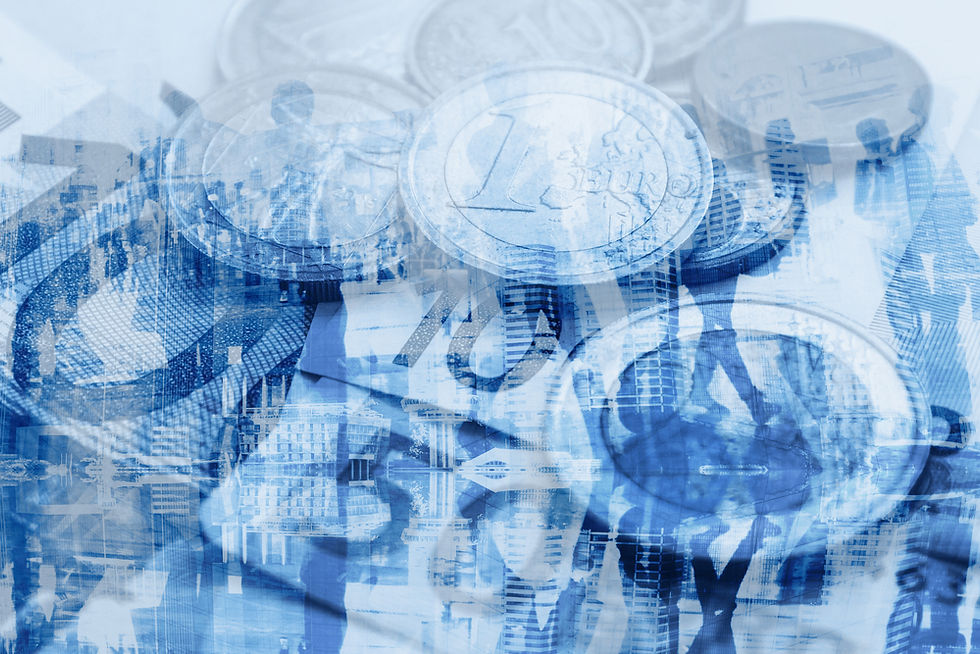Speculation Without Valuation
- NYee
- Jan 19, 2021
- 2 min read

We’ve experienced a long, slow-burning bull market since March 2009. For most of that time stock index valuations have exceeded historical norms. But now – ironically in the midst of a major health crisis – we see additional classic signs of a bubble in the form of crazy investor behavior, particularly from retail investors. Examples include Hertz, Kodak, Nikola, Tesla. In our client reports last quarter I shared a chart showing that the most expensive 10% of stocks in the S&P 500 had run away from the pack and were back to late 1990s valuations. After a further jump in stock prices in 4Q, we appear to have surpassed the prior market peaks by most measures, as seen in the chart below(1):

A common reply to this chart is to point to low interest rates. The logic goes that because rates are so low, and will likely remain low, investors can pay a high price for an asset but still expect a fair rate of return – something like 8-10% for stocks. Unfortunately, asset pricing does not work that way. A security, like a stock, is a claim on a set of future expected cash flows. The more you pay for those cash flows, the lower the return you will receive over time. This is obvious with a bond: you pay, say 90c today, and you get $1 ten years from now. That equates to an annual rate of return of 1.06%. Pay more, and the rate of return goes down. Pay less, and the rate of return goes up.
Investors seem to think the rules are different for stocks. But “what’s actually happening today is that investors are so uncomfortable with near-zero bond market valuations that they’ve priced nearly every other asset class at levels that can be expected to produce near-zero, or negative, 10-12 yar returns as well.”(2) In other words, all that low interest rates are “justifying” right now is very low long-term future returns for stocks.



Comments